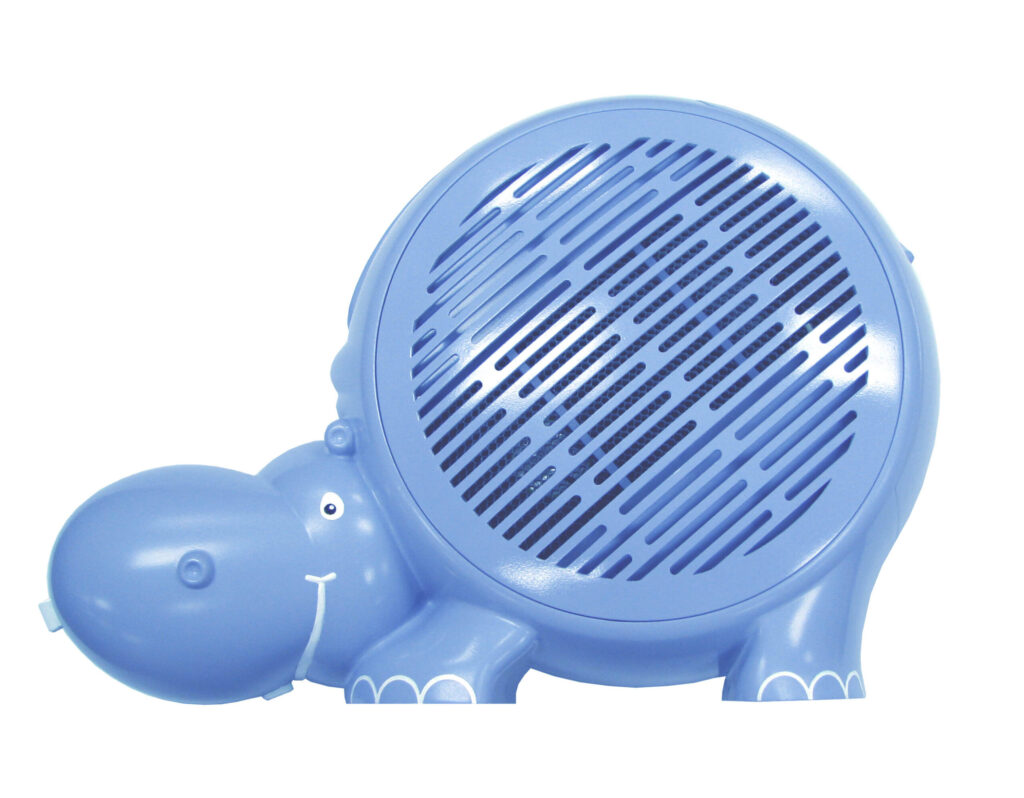The Power of the Prototype

Take your product idea from your mind’s eye to the palm of your hand
Many product design developers wonder when, how and why to build a prototype. A prototype gives you the opportunity to see a three-dimensional version of your idea. It’s one of the most exciting and rewarding stages of the product design process. You get to see how your initial ideas transform into a tangible, real product.
What better way to see how your concept could work than building a model? It’s also much easier to sell or pitch your idea to potential investors or to go before a patent attorney. The best part is you don’t have to have a million-dollar budget to do it.
Your final prototype before the manufacturing stage will depend on materials and budget. However, you can get started creating a handmade version first. Consider the materials that might work best and be a ‘MacGyver’ of household items. Cotton balls, rubber bands, paper towel tubes. Whatever you have handy could work. This first round is to see how the initial demonstration will go. Think science project and get creative!
If you are ready to invest a little more effort, you can purchase modeling clay or moldable plastics. If you do plan to manufacture your product yourself, you might consider a pre-production prototype. If your goal is to try to license it, you may want to consider hiring a professional product design firm, engineer or machinist.
Whatever method you choose to begin with, the important part is getting started. There are so many great advantages to building a real-life model, such as:
Testing and Refining
Once you begin to physically create your design, you may encounter flaws in your original idea. What better way to improve upon your design than by taking it from hypothesis to proven results?
Choosing the Best Materials
You may have one material in mind, but when you see how that material performs in a model, you may decide another option works better. You will want your finished materials to be both functional and affordable.
Discussing Your Idea
People are much more likely to believe in a product they can see and hold than a concept. A prototype will help better illustrate how your product will look, feel and function to patent attorneys, product developers, engineers and investors.
You Are Serious About Your Product
If you’ve taken the time and energy to build a prototype, those you share your idea with will take you more seriously. The work you put into this development stage will help them see you have the passion to take it to the next level.
As you dive deeper into the prototype development stage, you’ll want to give yourself plenty of flexibility for exploring, researching and testing. All the “whys” and “what ifs” you’ll ask yourself will matter in every decision you will make.
The good news for product designers is that today’s technology presents much more accessible and cost-effective options than ever. Consider rapid prototyping, like computer-aided drawings (CAD). Even 3-D printing is now much more affordable.
No matter which method you choose, prototypes are one of the best steps to take for serious inventors. SnS Design can help you choose which option best fits your needs. The only thing you have to do is take action.
SnS Design also specializes in:
- Product Development
- Mechanical Design
- 3D Renderings
- Investor Presentations
- Product Innovation
- Engineering
- Design Electronics
- Product Testing
- Product Compliance
It’s Time to Build Your Idea.
KEEP UP TO DATE WITH OUR LATEST POST:
Call SnS Design Today for a Design Consultation at (212)731-0833 or Email us.

